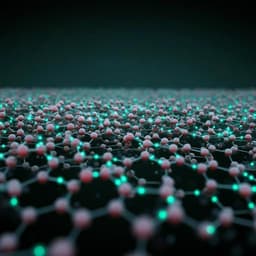
Engineering and Technology
Field-free spin-orbit torque perpendicular magnetization switching in ultrathin nanostructures
M. Dai and J. Hu
This groundbreaking research by Minyi Dai and Jia-Mian Hu unveils a magnetic-field-free method for spin-orbit torque (SOT) perpendicular magnetization switching in ultrathin nanostructures, keeping the standard SOT-MRAM cell architecture intact. By harnessing lateral geometrical confinement and current-induced SOT, the study paves the way for more efficient magnetic switching technologies.
~3 min • Beginner • English
Related Publications
Explore these studies to deepen your understanding of the subject.







